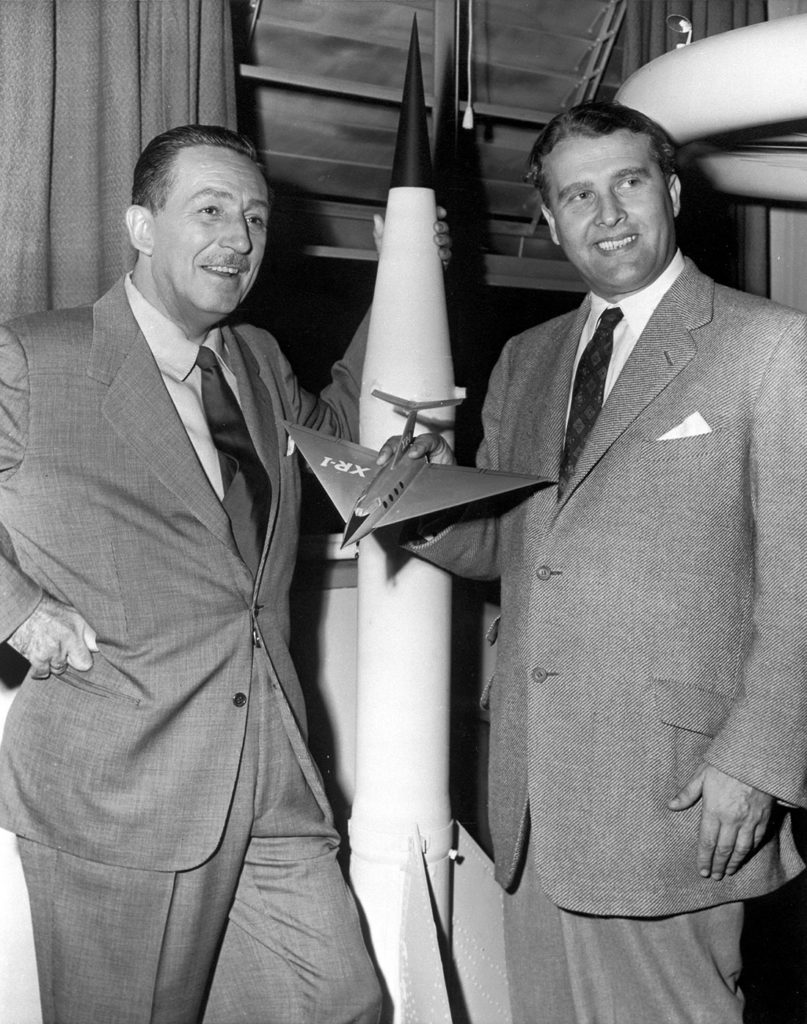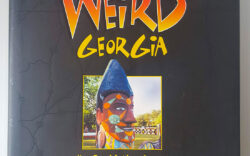A thousand generations ago, our human ancestors left footprints that remained hidden from modern eyes until present-day scientists discovered them in New Mexico’s White Sands National Park in 2009.
After years of study, scientists reported last month that the fossilized footprints are about 23,000 years old and date back to the Ice Age. Ancient animals like mammoths, giant sloths, direwolves and camels also left their prints at the New Mexico site, but it is the thousands of human footprints from the distant past that have captured the imaginations of scientists and laypeople across America and around the world. Scientist Matthew Stewart called the Ice Age footprints “snapshots in time” from days thousands of years ago when our early ancestors walked and their children played on the shores of what was then a primordial lake.
Today the footprints that were left behind during the Pleistocene Epoch have a cosmic connection with footprints that modern Americans left on the surface of the moon during lunar visits beginning in 1969. White Sands, NM was home to humans who lived, loved, hunted and foraged for food long, long ago. Those early humans probably gazed with wonder at the moon and stars above their world. Thousands of years after they lived and died, unmarked and unknown, their White Sands homeland would be the place where modern Americans would make the first steps on the pathway to space.
After World War II, German rocket scientists who had developed the deadly Nazi V-2 missiles were brought to America to work on this nation’s fledgling space program. White Sands was picked as the launch site for captured V-2 rockets bearing cameras and scientific instruments instead of the explosive warheads that had rained death on London, Antwerp and other European targets during the war. Thousands died from wartime V-2 attacks, but even more people died during construction of the weapons, when concentration camp inmates and other slave laborers worked under barbaric conditions in an underground missile factory run by Nazis, including rocket scientist Wernher von Braun.
The charismatic von Braun escaped prosecution as a war criminal, because the postwar American government wanted his expertise in the Cold War space race with Russia. The former Nazi rocket designer became an American citizen and a national celebrity in the early days of television, when he narrated a series of space-themed episodes for a Disney TV show.

His V-2 rockets, launched from White Sands beginning in 1946, were followed by other rockets that von Braun conceived, including the Redstone rocket that was originally designed to carry a nuclear warhead. Instead, the Redstone became the first rocket to lift an American satellite in 1958, and the first rocket to carry an American astronaut into space when Alan Shepard rode a Redstone on a suborbital flight in 1961.
Rockets like the V-2 and Redstone were originally designed as weapons, but they became instruments of Cold War competition and scientific discovery when they were launched from White Sands in the years before Florida’s Cape Canaveral became the sprawling spaceport where astronauts, including Shepard, ventured to the moon aboard rockets that were direct descendents of the V-2s and Redstones that flew from White Sands nearly two dozen millennia after ancient Americans had walked there during the Ice Age. Americans from planet Earth left behind footprints on the stark and airless surface of the moon, and the technology that powered their journeys began at White Sands after World War II. Ancient Americans left footprints at White Sands that people of today view with awe and wonder a thousand generations later. Today our precious planet Earth is in peril. Babies born in America today may still be alive in the year 2100, a future less than 80 years away—just a brief interval in time compared to the age of the ancient White Sands footprints. The kind of Earth that future children will inherit depends on our actions or omissions today. Poet Henry Wadsworth Longfellow’s words from the 19th century carry a reminder for us in the 21st century: “We can make our lives sublime,/ And, departing, leave behind us/ Footprints on the sands of time.”
Like what you just read? Support Flagpole by making a donation today. Every dollar you give helps fund our ongoing mission to provide Athens with quality, independent journalism.










